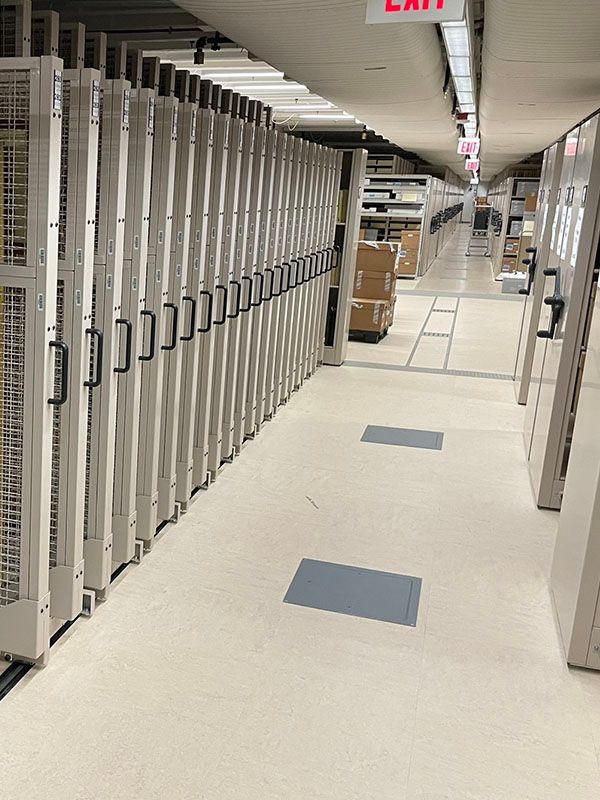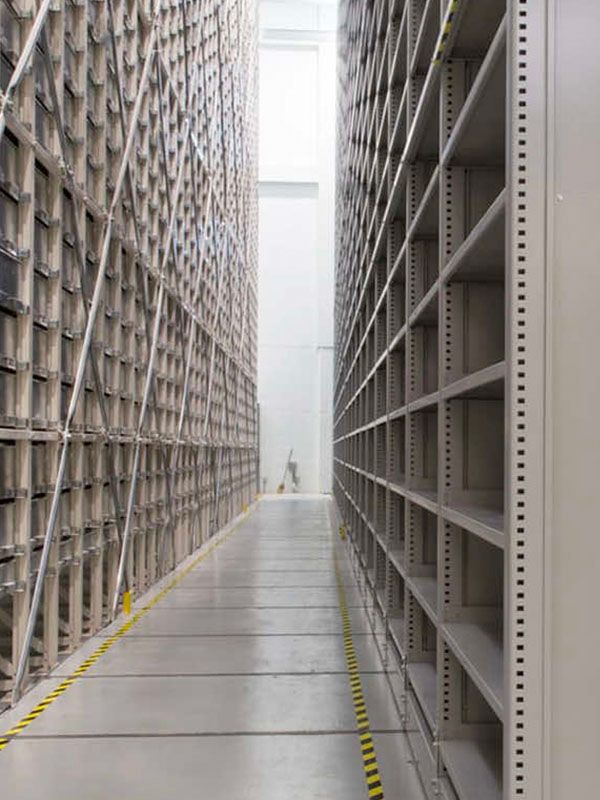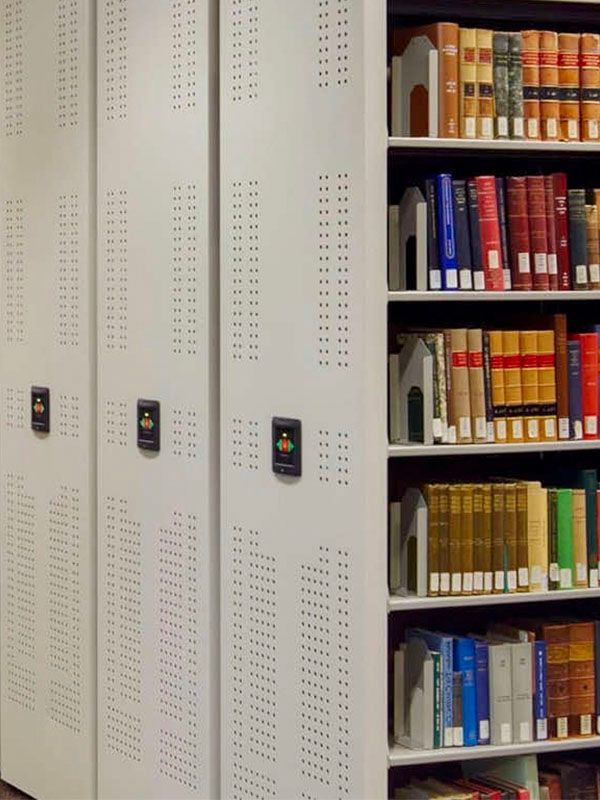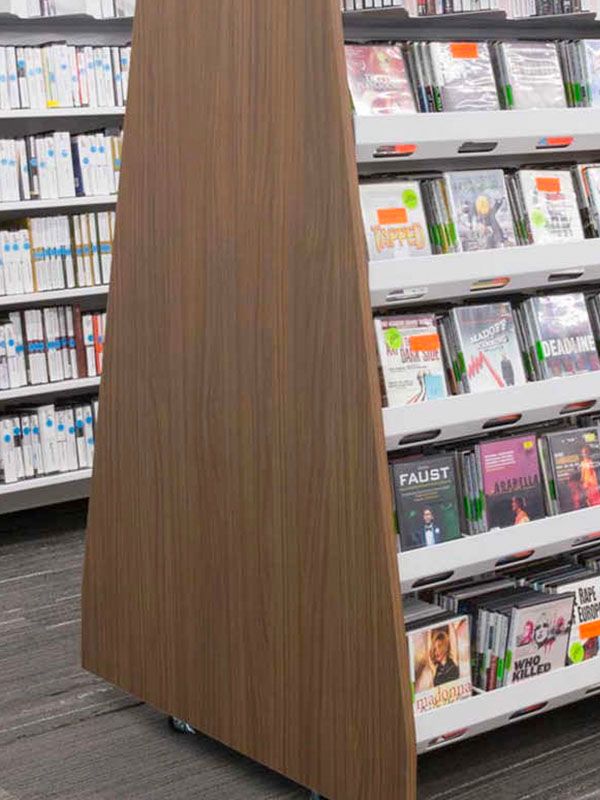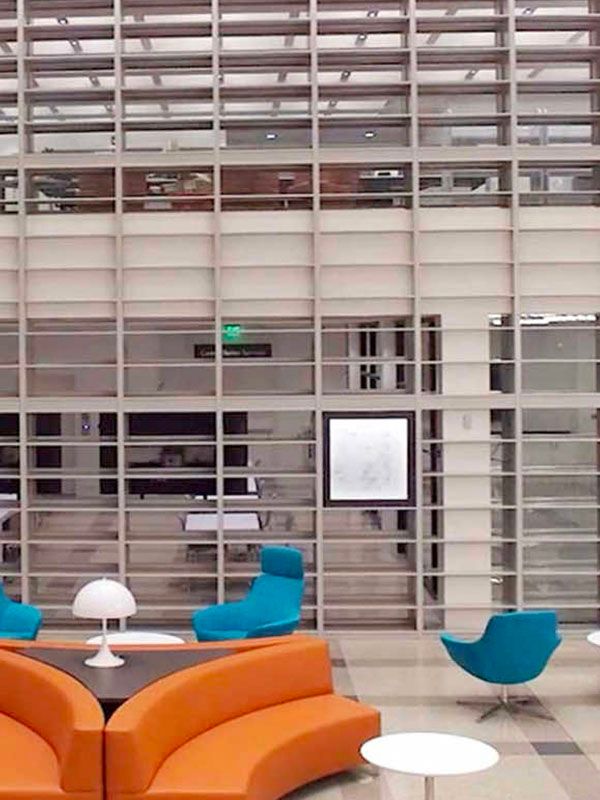Atlanta, Georgia
Campus Libraries Transformed by Off-site Library Facility
Learn how and why Emory and Georgia Tech University installed Spacesaver high-bay shelving in their off-site library facility

Two Universities Cooperate to Consolidate Library Materials
Campus libraries have always been the center of intellectual life at colleges and universities. While that fact still holds true, teaching and learning methods are changing, and so are the physical spaces that surround and support scholarship. That means that while campus libraries continue to carefully maintain paper-based collections and acquire paper-based books, journals, maps, and other materials, many universities are deciding to consolidate these collections in order to free up space to create new spaces in which to teach and learn.
Two vibrant Atlanta institutions – Emory University and Georgia Tech University – recently entered into a partnership to help modernize their respective libraries. Central to that endeavor was the construction of a new, off-site library shelving facility. The Library Service Center (LSC) was constructed on Emory’s Briarwood campus, near the historic Briarwood Mansion. Georgia Tech moved nearly 95 percent of its collection there, while Emory moved more than 1.5 million of its own materials to the space. The facility continues to accept new materials, and the site has room to build a second module when the first reaches capacity.

"We’re taking libraries back to what they originally were: spaces to create the scholarship of the future surrounded by the scholarship of the past."
- Catherine Murray-Rust, Dean of Libraries, Georgia Tech
Laying the Groundwork for Change
The newly constructed off-site library building was carefully designed to fit the neighborhood aesthetic and support a variety of functions. Inside, the space boasts a covered loading dock, processing area, a flash freezer, and soaring high-bay shelving on a polished concrete floor.
The materials in the LSC are stored at 55 degrees Fahrenheit and 30 percent humidity in a 30,000 square foot space called “the Archive Module.” This precise climate control provides optimal, long-term preservation and retention for print and microform collections. In fact, with these conditions, the libraries’ books, papers, and documents can be preserved for hundreds of years.

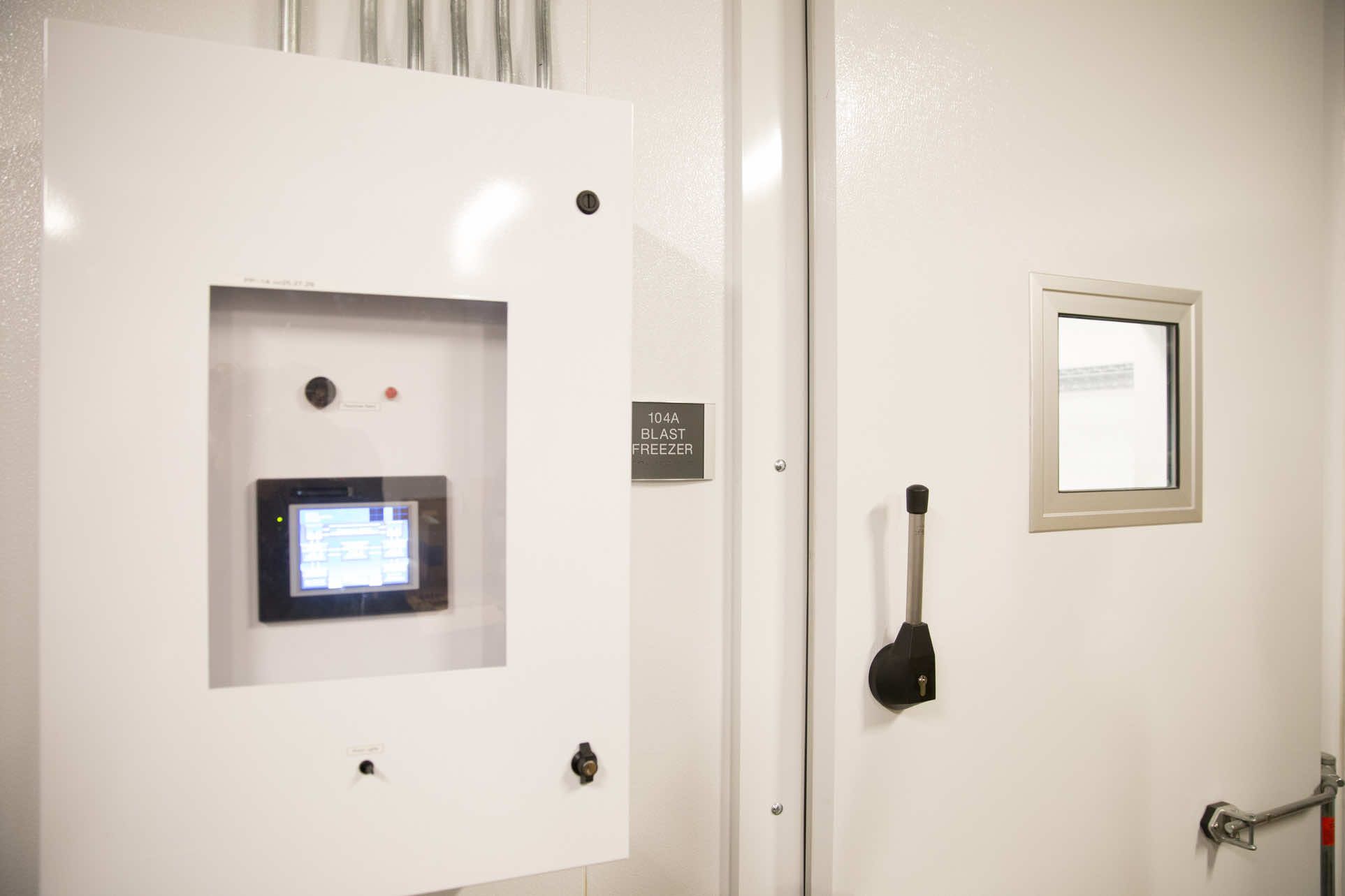
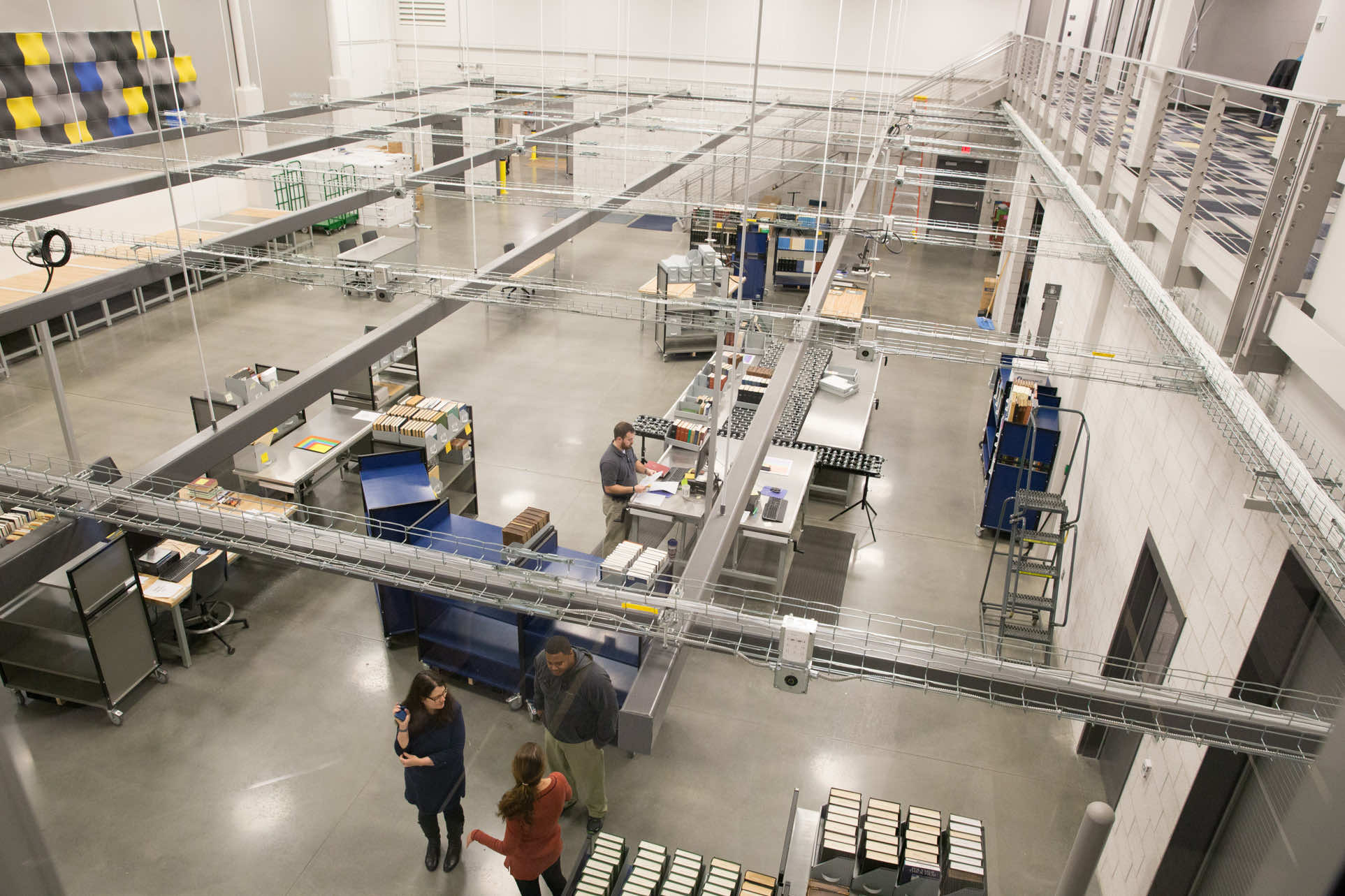
The entire facility was designed and constructed with careful attention to detail. “We have order pickers that are reaching almost 37 feet high, so it’s critical that the floor is very flat,” said Heath Miller, the director of project management at Emory. “The taller you go with the order picker, the greater the horizontal swing of the order picker would be. This particular building has a super-flat slab. The tolerance is the thickness of a nickel over 10 feet.”
Both universities contracted with Spacesaver/ to help ensure they got the best storage option for their unified book collection. The stationary XTend® High-Bay Shelving System was selected as the most practical – and expandable – choice.

Materials stored at the facility are readily available to students and other researchers. Staff at the facility can scan requested articles and send them via email, or volumes can be delivered to campus. “A truck comes to each campus five times a day,” said the Spacesaver consultant. “Someone checking out a book can get whatever they want in just a few hours. If they want it sooner than that, they can drive over to the LSC themselves.”
Not only were the institutions able to combine their collections; they were able to unify their electronic inventory systems as well, which means that students, faculty and staff are able to search the combined stacks. Virtual browsing will also let users see books from Emory’s collection and Georgia Tech’s eBook collections, including millions of volumes that have been digitized. For those who want to read materials at the LSC, the reading room near the building’s main entrance provides a comfortable space for students and other researchers to work. Visitors can request specific books from the shelves for temporary on-site viewing.
"Together, the two universities have basically doubled their volumes because now each has access to the other’s collections. They’re able to repurpose their existing library space while saving money on real estate. It allows them to make the libraries what they need to be today, not what they were 40 years ago."
- Local Spacesaver Consultant

"They’re able to repurpose their existing library space while saving money on real estate. It allows them to make the libraries what they need to be today, not what they were 40 years ago."
- Spacesaver Consultant
Laying the Groundwork for Change
“The stationary XTend® High-Bay Shelving System really utilizes the new space nicely,” said the Spacesaver consultant. “While it doesn’t allow for casual browsing, it’s really a state-of-the-art solution given how libraries are used today. Campus libraries today have tons of whiteboards, couches, and tables arranged for maximizing human connectivity. The XTend system is the right choice for maximizing safe, secure storage of all these wonderful books and other items.”
Having Spacesaver and the local Spacesaver distributors as partners during the construction process helped the LSC’s genesis go smoothly. The end result is an efficient, well-designed facility that will serve researchers and the collections into the future. “We couldn’t be more pleased with the result,” Miller said.
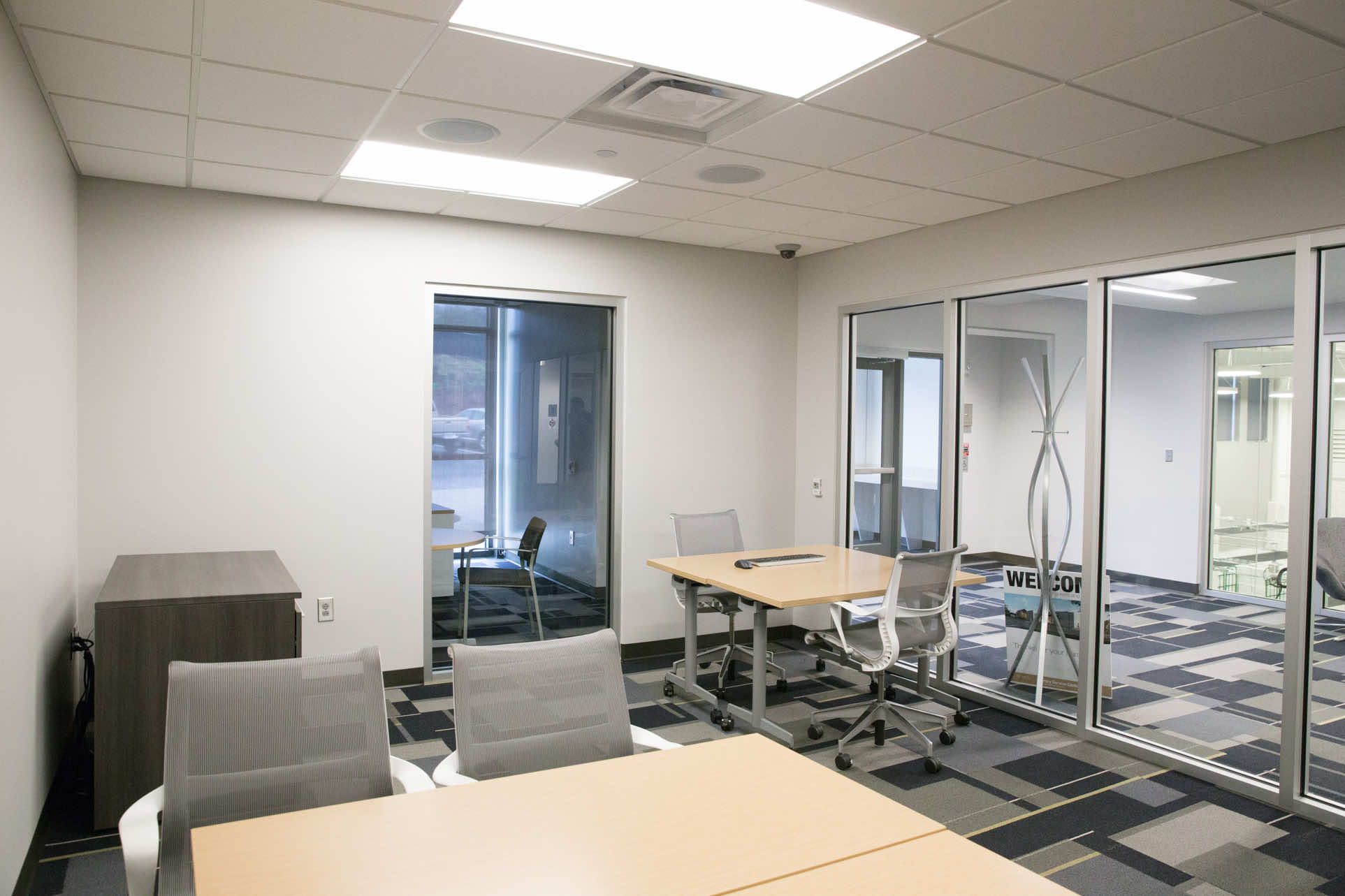
Today’s students are connected like never before, and libraries are undergoing tremendous transformations. Spacesaver is proud to help respected universities set the standard for modernizing library services and study spaces.
Considering a High-bay Facility?
When building an off-site library storage facility, consider storage solutions early in the process. It is well worth the effort, as the building’s footprint and purpose can be tied directly to the way shelving is implemented.
Considering a High-bay Facility?
When building an off-site library storage facility, consider storage solutions early in the process. It is well worth the effort, as the building’s footprint and purpose can be tied directly to the way shelving is implemented.


